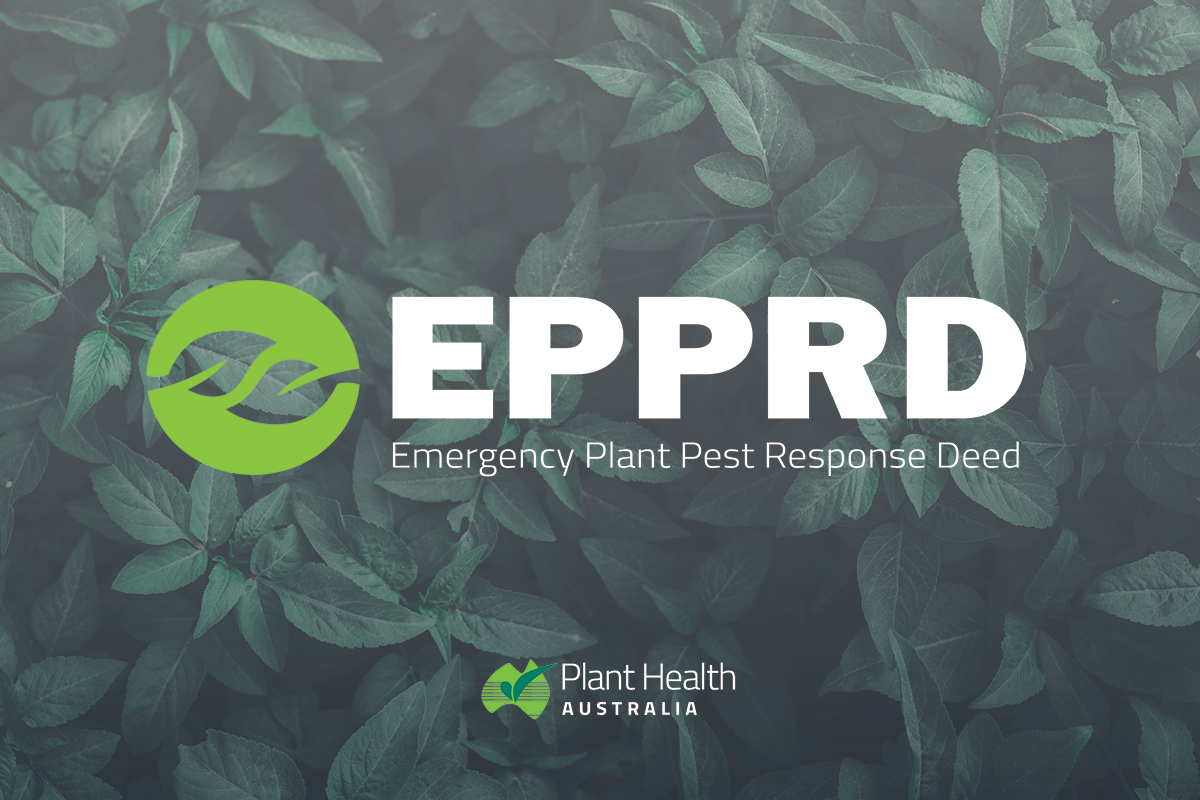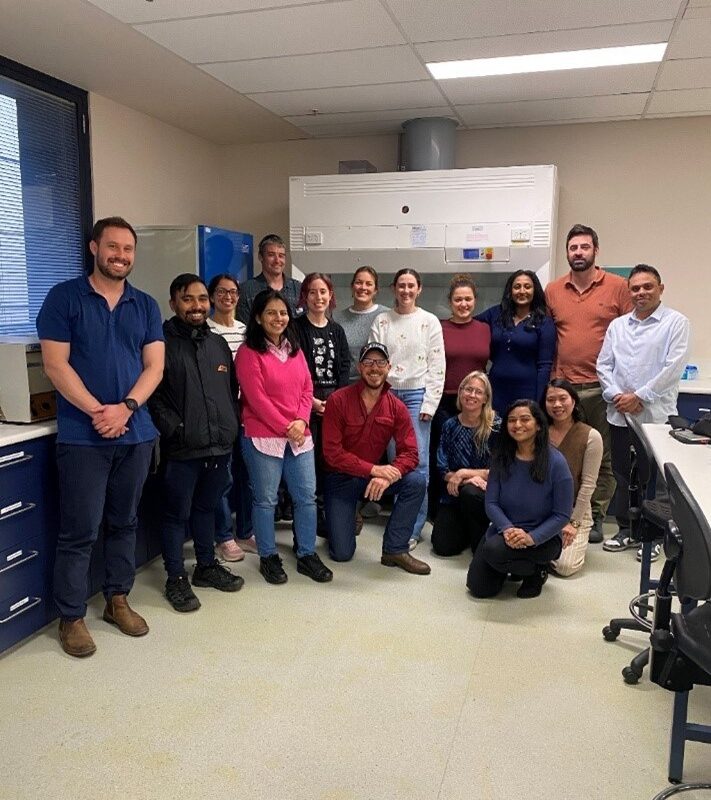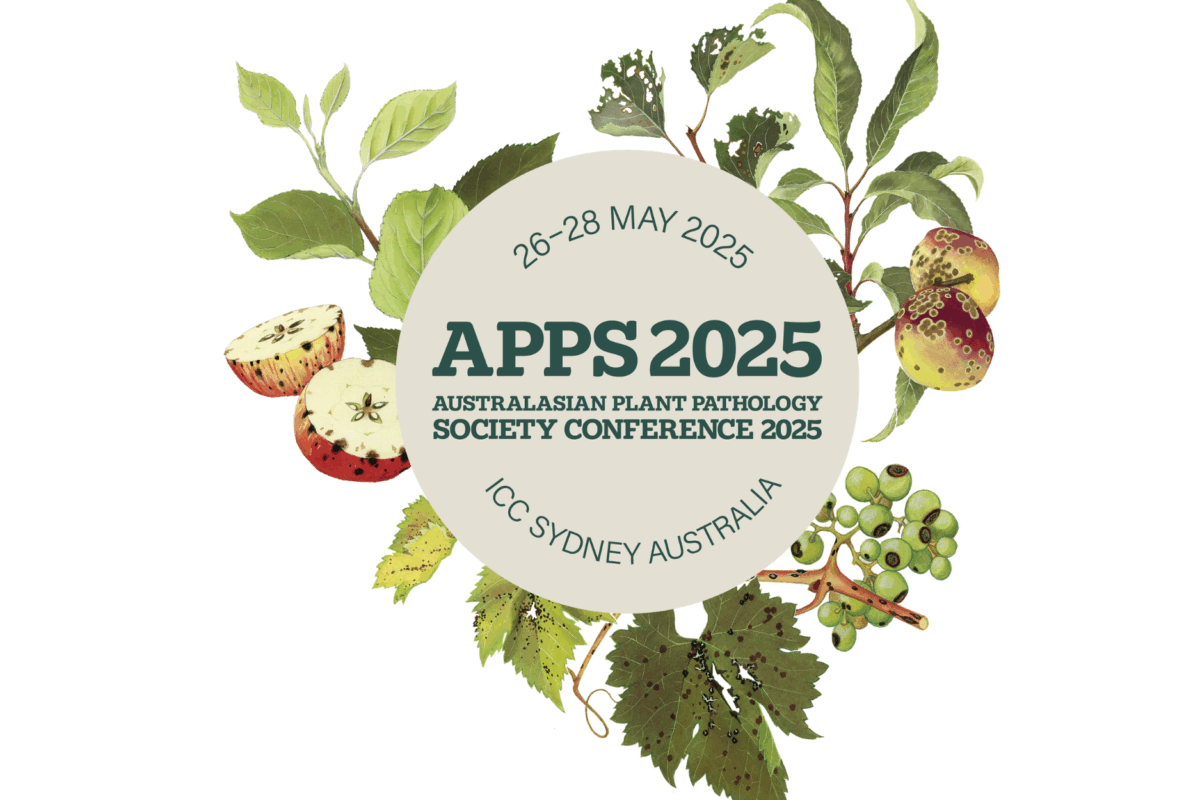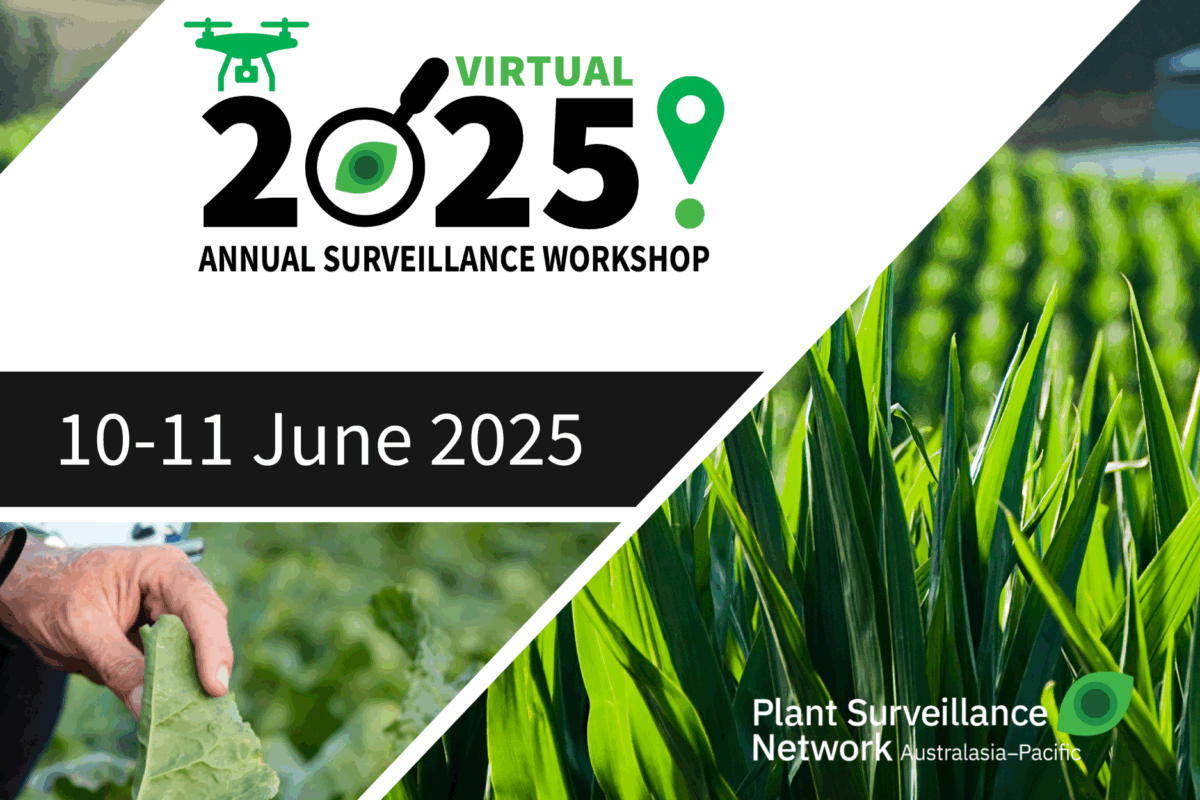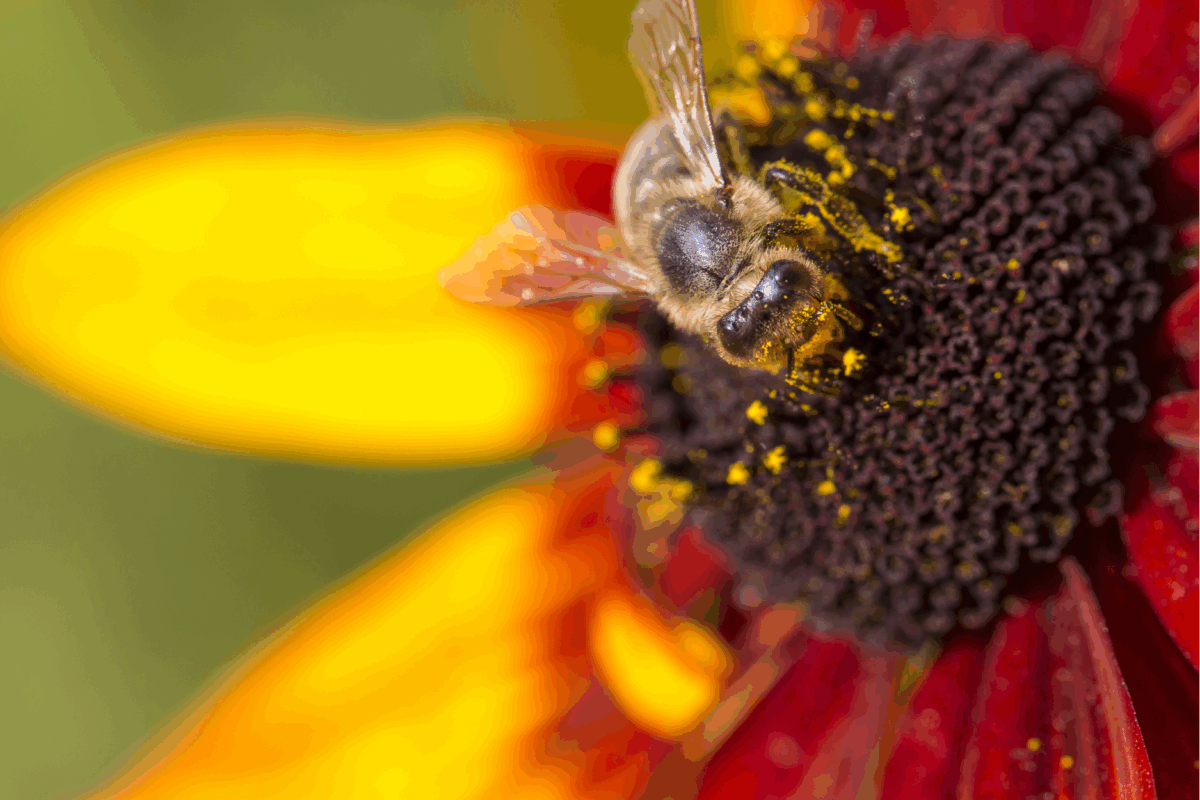Revised EPPRD continues to meet changing needs of biosecurity system
A revised version of the Emergency Plant Pest Response Deed (EPPRD) came into effect this week to meet the needs of signatories and a contemporary Australian biosecurity system. The new EPPRD offers enhanced operation and clarity across a number of provisions and outcomes.
The EPPRD, also commonly referred to as the ‘plant deed’, is a formal legally binding agreement between Plant Health Australia (PHA), the Australian Government, all state and territory governments and national plant industry bodies.
The EPPRD covers the management and funding of responses to Emergency Plant Pest (EPP) incidents, including the potential for owner reimbursement costs for growers. It also formalises the role of plant industries’ participation in decision making as well as their investment in the costs related to EPP responses.
“The EPPRD is a landmark agreement, laying strong foundational partnerships in plant biosecurity,” said Sarah Corcoran, CEO of PHA.
From an agricultural, environmental and community viewpoint, the plant deed supports nationally consistent and structured responses to emergency plant pests, where it is in Australia’s interest to be free of that plant pest.
“Importantly the plant deed also provides clarity regarding roles and responsibilities, assisting in managing expectations of each other and allowing for those involved to effectively prepare,” said Ms Corcoran.
In a world first, the EPPRD was ratified in 2005, significantly increasing Australia’s capacity to respond to emergency plant pest incursions.
“Before the arrangement came into effect 17 years ago, collaboration between government and industry in responses was not guaranteed,” said Dr Susanna Driessen, General Manager Emergency Response at PHA.
Each response managed under the plant deed has had its own challenges and opportunities. Past responses provide signatories to the deed with opportunities to reflect on changes that may be needed to assist the national plant biosecurity system.
Working collaboratively, PHA, plant industries, and all governments have identified a number of opportunities to enhance the functionality of the plant deed, negotiating to action improvements and embedding practices that have evolved over time.
“Amendments to the revised version of the EPPRD include improved functionality, clarifying roles and responsibilities, and refining understanding of how to apply the agreement,” said Dr Driessen.
Other amendments support improved outcomes during a biosecurity response and include:
- Supporting growers directly affected by emergency containment activities that may be implemented immediately following the detection of a suspect emergency plant pest. The EPPRD now allows for the National Management Group (NMG), which is the key decision-making body in respect of national responses, to determine the provision of reimbursement for losses, even if a national response does not occur. This is a discretionary decision point and aims to facilitate equity for impacted growers and support early reporting and response actions.
- Flexibility to respond to exceptional circumstances in a transparent and collaborative way. In the instance where eradication following implementation of a response plan may no longer be feasible, the EPPRD allowed for a short period of time where national coordination and funding could continue whilst the response ‘transitioned’ from eradication to ongoing management. COVID-19 restrictions highlighted that these timeframes may need to be reconsidered and adaptable, and the signatories to the plant deed supported the option to extend these timeframes when it is agreed that ‘exceptional circumstances’ have arisen.
“The EPPRD will continue to provide a platform for improved preparedness and raising the profile of plant biosecurity, providing for better outcomes for all stakeholders,” said Ms Corcoran.
“Overall the plant deed provides for a cohesive, structured national approach to plant biosecurity responses, to benefit all Australians.”
For more information, visit the PHA website.
